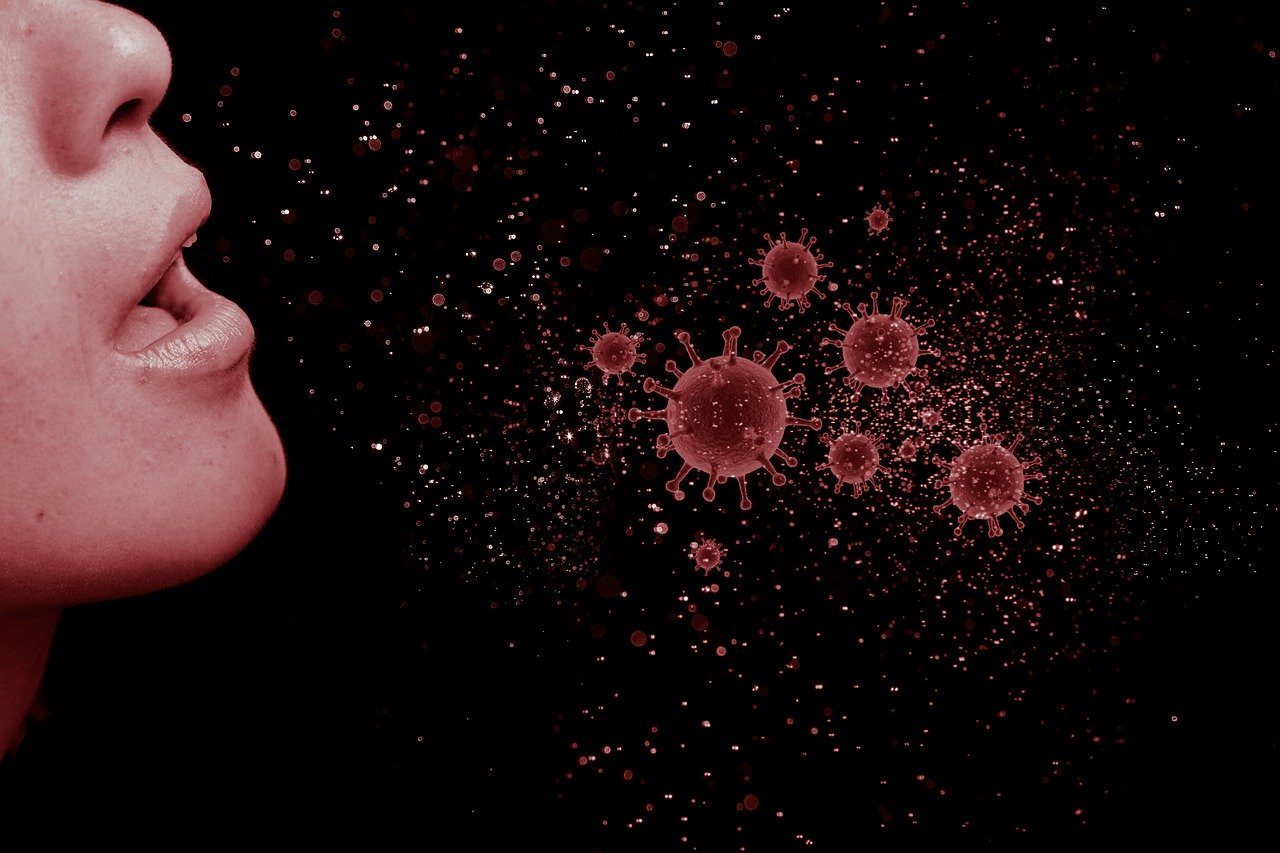
Recently-released COVID-19 data shows good news for South Florida, as infection rates appear to be dropping following a more than month-long surge.
Newly-released numbers from the Department of Health show the positivity rate — the share of COVID-19 tests which come back positive — declining in all three major South Florida counties.
That doesn’t mean the region is out of the woods yet, however. Monday’s data is likely capturing little effect from the recent Thanksgiving holiday weekend. Health experts have cautioned that large family gatherings could serve as a springboard to additional spread, especially if those returning home do not take appropriate safety measures such as quarantining.
“You’ve really got to understand the importance of trying to prevent further spread and further surge,” said Dr. Anthony Fauci, head of the National Institute of Allergy and Infectious Diseases.
He said it’s important, when possible, “to quarantine yourself for a period or time, or even get tested to make sure that you’re not bringing infection back to another place.”
The numbers might also reflect fewer test results as people breaking for the holiday forewent testing.
Nevertheless, Monday’s data does show a reversal of recent trends, which had shown the region hitting highs not seen since the summer spike. The positivity rate is down week-to-week over each of the previous two week-long periods in Miami-Dade, Broward and Palm Beach counties.
As Florida Politics noted, those numbers began leveling off following the middle of November, which can portend a spread is nearing its peak and would then begin to decline. That appears to have happened as new data has come in the past week-and-a-half. But if the post-Thanksgiving surge is severe, that could wipe out any reassuring trends in the data.
Newly-reported hospitalizations and deaths are largely holding steady after an uptick in the region. Those numbers may head higher still, however, as the two metrics are lagging indicators.
Here are some of the weekly numbers for the previous three weeks throughout the South Florida tri-county area:
Miami-Dade
— Nov. 9-15: 13 newly-reported hospitalizations per day, 3 newly-reported deaths per day, 1,230 new confirmed cases per day, 8.5% positivity rate
— Nov. 16-22: 12 newly-reported hospitalizations per day, 10 newly-reported deaths per day, 1,787 new confirmed cases per day, 8.3% positivity rate
— Nov. 23-29: 14 newly-reported hospitalizations per day, 8 newly-reported deaths per day, 1,839 new confirmed cases per day, 7.9% positivity rate
Broward
— Nov. 9-15: 19 newly-reported hospitalizations per day, 5 newly-reported deaths per day, 607 new confirmed cases per day, 8% positivity rate
— Nov. 16-22: 22 newly-reported hospitalizations per day, 5 newly-reported deaths per day, 850 new confirmed cases per day, 7.2% positivity rate
— Nov. 23-29: 19 newly-reported hospitalizations per day, 5 newly-reported deaths per day, 814 new confirmed cases per day, 6.8% positivity rate
Palm Beach
— Nov. 9-15: 14 newly-reported hospitalizations per day, 2 newly-reported deaths per day, 415 new confirmed cases per day, 8% positivity rate
— Nov. 16-22: 14 newly-reported hospitalizations per day, 5 newly-reported deaths per day, 493 new confirmed cases per day, 7.2% positivity rate
— Nov. 23-29: 14 newly-reported hospitalizations per day, 5 newly-reported deaths per day, 430 new confirmed cases per day, 6.1% positivity rate
___
Editor’s note on methodology: The Florida Department of Health releases new data every morning around 10:45 a.m. The total number reported in those daily reports include the previous day’s totals as well as the most up to date data as of about 9:30 a.m.
Florida Politics uses the report-over-report increase to document the number of new cases each day because it represents the most up-to-date data available. Some of the more specific data, including positivity rates and demographics, considers a different data set that includes only cases reported the previous day.
This is important to note because the DOH report lists different daily totals than our methodology to show day-over-day trends. Their numbers do not include non-residents who tested positive in the state and they only include single-day data, therefore some data in the DOH report may appear lower than what we report.
Our methodology was established based on careful consideration among our editorial staff to capture both the most recent and accurate trends.
